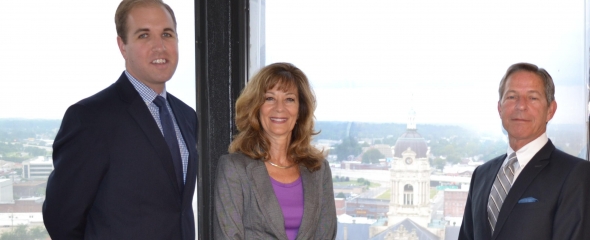HEALTHCARE LAW NEWS - VOLUME 73
The latest figures indicate that earning any increase in reimbursement from the program will be difficult. Of the more than 1,000 large physician groups that CMS evaluated, 14 will get payment increases. The program was rolled out to medical groups with 100 or more health professionals. Next year, the program will apply to groups of 10 or more healthcare professionals, and by 2017, all remaining Medicare healthcare providers will be included.
You can expect that the program will be used to penalize more than reward Medicare providers. On the other hand, perhaps the metrics used will become more transparent and rational.
RAC WOES CONTINUE
The American Hospital Association and others continue to report appalling RAC statistics. Hospitals and others continue to appeal approximately 50% of RAC claim denials. Of this half appealed, hospitals win over 2/3 of the disputed claims. Additionally, the program continues to violate the provisions of the law that require such appeals to be heard and determined within 90 days.
Suggestions for improving the RAC program? Simply eliminate it. Assuming that the RAC program stays, consider:
- Impose penalties on RACs where the appeal success rate exceeds 10% - 15%.
- Deny RAC compensation where the denial overturn rate exceeds a set number.
- If particular areas continue to see over 2/3 appeal rate, remove those areas from audit eligibility.
- Bar RAC contractors from the program where denial overturn rates exceed a determined number.
- Shorten the RAC look back period for patient status reviews.
IM DYING
Indiana has a new Right to Try Act. Indiana has joined other states in utilizing model legislation designed to make experimental drugs and other medical treatments accessible for terminally ill patients under FDA guidelines. While a terminally ill patient may get such drugs under the FDA’s existing program, Indiana, and other states, now offer an alternative to that process. Informed written consent after appropriate disclosure is required. Indiana designates a patient who has followed this process as a “qualified” patient and provides access to certain drugs and other treatments that have not been approved by the FDA for widespread use. Key parts of the law provide liability limitations to treating physicians and drug makers under Indiana state law. There are still matters to be resolved in the interaction between state and federal laws where the state statute and federal/FDA rules do not align perfectly. It is an important step, and it will be interesting to watch FDA’s response.
HEADS I WIN, TAILS YOU LOSE
Legal efforts to force the United States Government to comply with its own laws regarding the time for RAC appeals continue to be unsuccessful. A recent district court challenge in North Carolina was unsuccessful even though it was clear that the 90 day period for appeal determination was being consistently and overwhelmingly unmet.
In this case, the plaintiff sought a writ from the Court compelling HHS to resolve plaintiff’s administrative appeals before the Office of Medicaid Hearings and Appeal within the 90 days after filing, as expressly required by federal law.
The court even noted that the average processing time for an appeal at the ALJ stage exceeded 414 days. Having presented this evidence to the court, the plaintiff asked the court to order the government (a writ of mandate) to follow its own laws. The court ruled against the plaintiff based upon a technical finding that “escalation” was an available remedy.
It is hard to imagine that the financial burden that HHS imposes on RAC appellants could be any clearer or more deserving of judicial action. However, based upon the court’s findings, it appears that those suffering from RAC injustices have no remedy.






